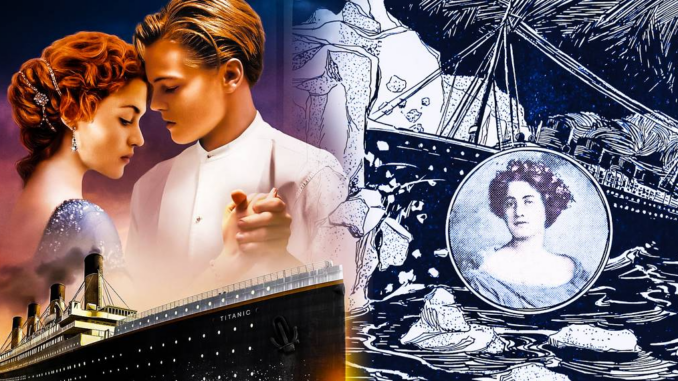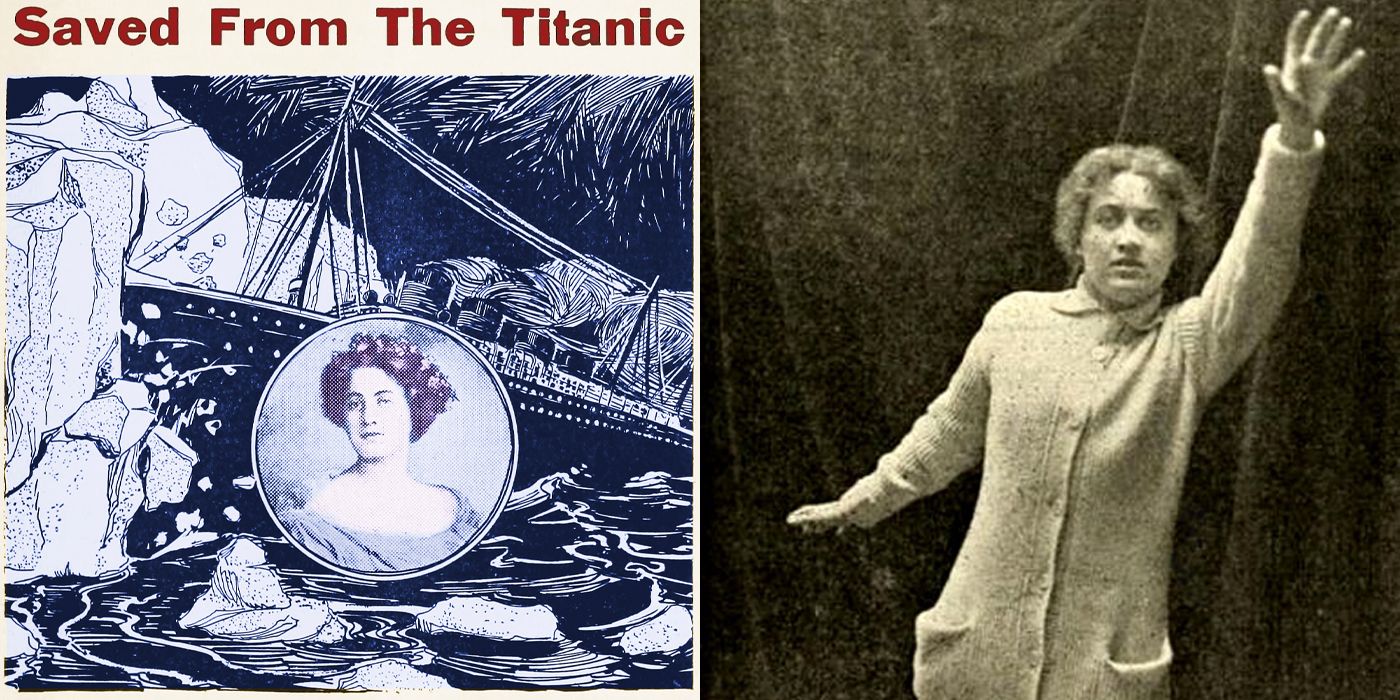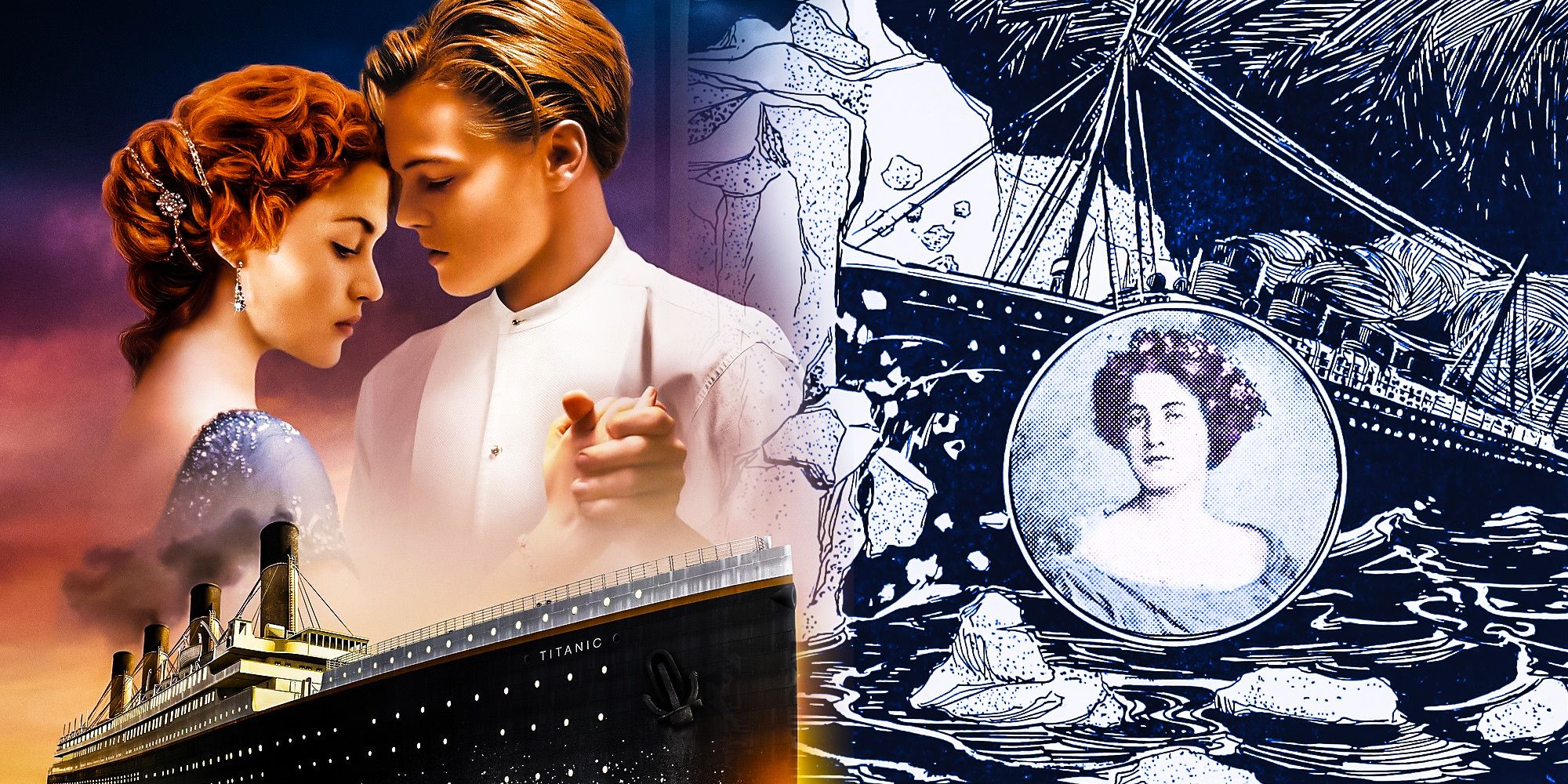
James Cameron’s Titanic is the most famous and successful movie about the real-life tragedy of the Titanic, but the very first movie about it came out a month after the ship sank, starred one of the survivors, and is now a lost movie. James Cameron is now synonymous with big-budget productions, mostly from the sci-fi genre, but one of his biggest and most successful movies was from a very different genre: Titanic, a disaster drama movie released in 1997 and which at the time was the most expensive movie ever made.
Although it’s based on the accounts of the sinking of the RMS Titanic in 1912, Cameron’s film tells the fictional story of Rose DeWitt Bukater (Kate Winslet) and Jack Dawson (Leonardo DiCaprio), two passengers from opposite social classes who fall in love aboard the ship during its ill-fated maiden voyage. Jack and Rose weren’t based on any real-life passengers of the Titanic, but through them, many characters who were based on real-life people were introduced, such as Molly Brown (Kathy Bates) and Captain Smith (Bernard Hill), and while the sinking of the Titanic really happened, the movie took many creative liberties. Still, Titanic won a number of awards, is still regarded as one of the best movies from the 1990s, and it’s the best-known film adaptation of the tragedy of the ship, but it’s definitely not the only one.

The very first movie about the sinking of the Titanic was released on May 16, 1912, just one month after the tragedy. Titled Saved from the Titanic, this silent short film was directed by Étienne Arnaud and written by Dorothy Gibson, an American actress who was also a survivor of the Titanic. Gibson, along with her mother, was one of 28 people who boarded the first lifeboat to be launched from Titanic and was rescued a couple of hours later. As soon as she arrived in New York, Gibson’s manager convinced her to appear in a movie based on the sinking of the ship, and so she wrote and starred in Saved from the Titanic, where she played a fictionalized version of herself. Saved from the Titanic saw Gibson recounting the story of the sinking to her (fictional) parents and fiancé, with stock footage of icebergs, Captain Smith, and the Titanic’s sister ship Olympic here and there.
Gibson even wore the same clothes she wore on the night of the tragedy of the Titanic to add to the movie’s authenticity, and while Saved from the Titanic was a critical success, it didn’t do any good to Gibson. While Gibson’s performance was praised, the production of the movie was criticized for profiting from the tragedy so soon after it happened, and making the movie so close to the event had a toll on Gibson. Saved from the Titanic was Gibson’s final film, as the making of it made her suffer a mental breakdown, and the movie itself also had a tragic end. The only known prints of it were destroyed in a fire at Éclair Studios in 1914, and the only surviving evidence of it are a few production stills printed in the Moving Picture News and Motion Picture World. The loss of Saved from the Titanic is considered by historians to be significant as the movie is notable for starring a Titanic survivor playing herself and wearing the same clothes she wore when the ship sank.

The film industry has been endlessly criticized for profiting from a number of real-life tragedies and wasting no time to bring heavily dramatized versions of them to the big screen, but as seen with Saved from the Titanic, that’s not a modern “practice”. However, in the end, Saved from the Titanic is a piece of history (both general history and film history) that was unfortunately lost like many other works from the silent era.
